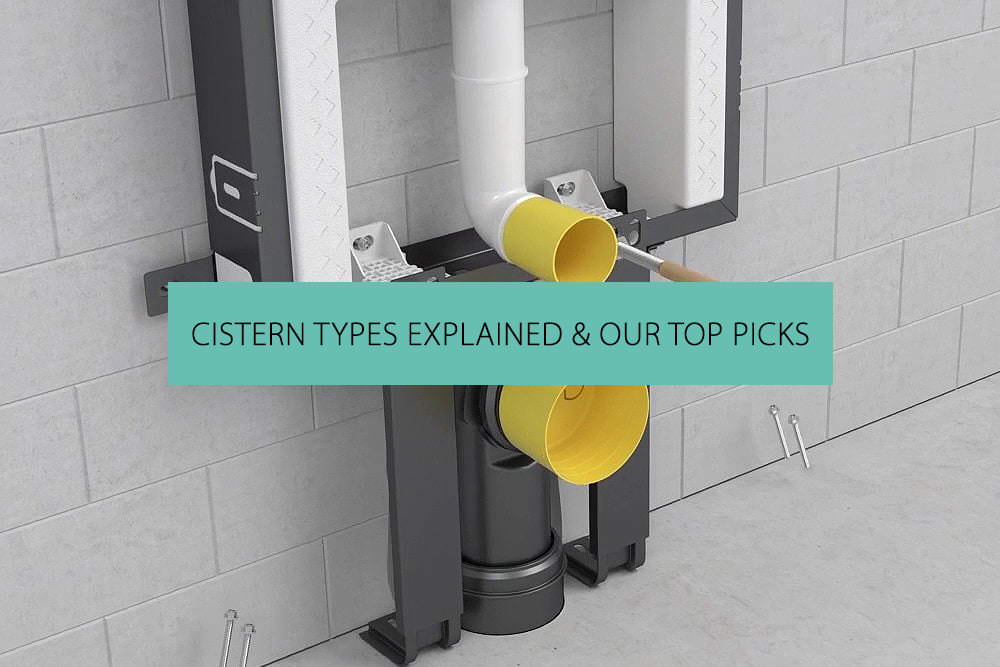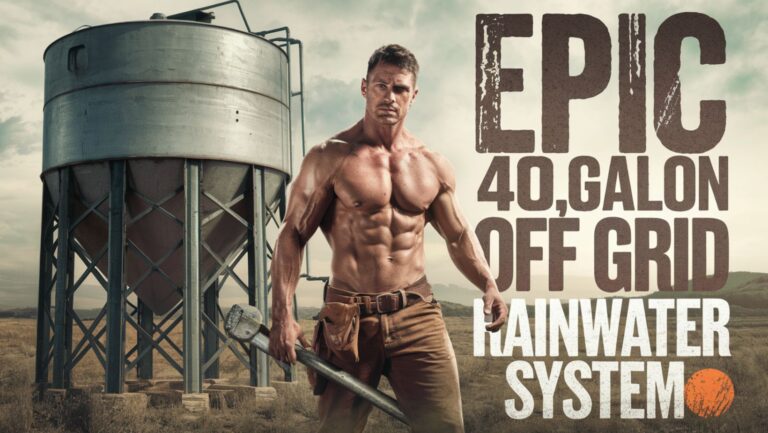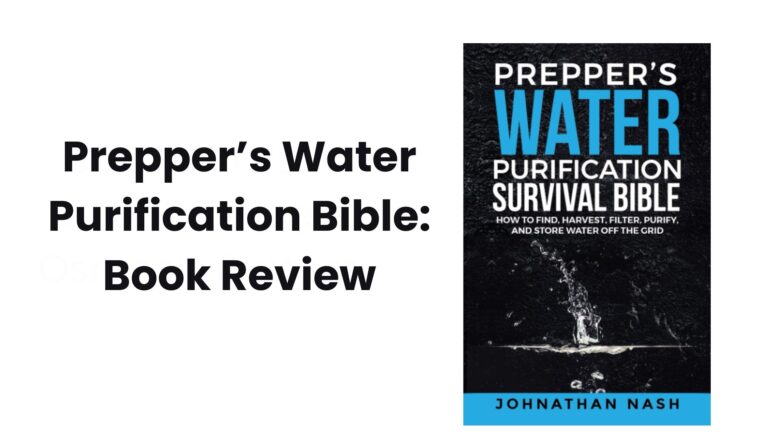How Much Do Cisterns Cost?
Have you ever thought about how much a cistern might cost for your home or property? When considering water storage solutions, it is essential to understand the investment involved. As you undertake this research, you’re likely weighing the benefits, functionality, and, most importantly, the cost.
Understanding How Much Cisterns Cost
The price of a cistern can vary significantly depending on various factors, such as size, material, installation requirements, and additional features. By breaking down these elements, you can gain a clearer picture of the financial commitment you’re making and ensure you get the best value for your situation.
Initial Considerations
Why Invest in a Cistern?
Before diving into costs, what prompts you to consider a cistern? Often, it stems from a need for reliable water storage. Whether for residential, agricultural, or commercial purposes, having a substantial water reserve can be invaluable, especially in regions prone to droughts or water restrictions.
Types of Cisterns
There are different types of cisterns to suit various needs and environments. Here’s a quick overview:
- Above-ground Cisterns: Easier to install and typically less expensive but can be less aesthetically pleasing and more vulnerable to temperature changes.
- Below-ground Cisterns: More expensive due to excavation and installation but offer temperature stability and space-saving benefits.
- Portable Cisterns: Ideal for temporary sites or more flexible installations.
Breaking Down the Costs
Material Costs
The material is one of the most significant factors influencing the cost of a cistern. Below are some common materials and their implications:
- Concrete: Durable and long-lasting, concrete cisterns are often used for large, in-ground applications. Expect higher material and installation costs.
- Plastic (Polyethylene): Lightweight and flexible, plastic cisterns are relatively affordable and easy to install but may not last as long as other materials.
- Steel: Offers durability and strength, but typically comes at a higher price and requires proper corrosion protection.
- Fiberglass: Resistant to corrosion and lighter than concrete, fiberglass cisterns can be a middle-ground option in terms of cost and durability.
Size and Capacity
The size of your cistern directly correlates to its cost. Larger cisterns naturally require more material and labor to construct and install. Here’s a rough guide to how costs may increase with size:
| Cistern Size (Gallons) | Estimated Cost Range |
|---|---|
| 500 – 1,000 | $500 – $1,500 |
| 1,000 – 5,000 | $1,500 – $5,000 |
| 5,000 – 10,000 | $5,000 – $12,000 |
| 10,000 – 50,000 | $12,000 – $30,000 |
| 50,000 – 100,000 | $30,000 – $70,000 |
| 100,000+ | $70,000+ |

Additional Factors to Consider
Installation Costs
Installation can often be as significant as the cistern itself. For above-ground cisterns, the process is generally simpler and less costly. Below-ground cisterns, however, require excavation, soil testing, and possibly more complex plumbing. These factors can drive up the price.
Permits and Regulations
Depending on your location, you may need permits for cistern installation. Consult local regulations to ensure compliance. Permit costs and the time required to obtain them can vary widely, impacting your overall budget.
Maintenance and Operational Costs
After the initial setup, it’s vital to consider ongoing maintenance:
- Regular Cleaning: To prevent contamination, especially in potable water cisterns.
- Pump Maintenance: If your cistern uses a pump system, factor in the costs for maintenance or replacement over time.
- Inspection Fees: Periodic inspections may be necessary to ensure the cistern’s integrity and functionality.
Cost-Saving Tips
Opt for Standard Sizes
Custom sizes or specialized designs often come at a premium. If possible, opting for standard sizes can provide significant savings without compromising on capacity or functionality.
Choose the Right Material for Your Environment
Balancing cost and durability is key. While concrete might offer longevity, it could be overkill for a smaller, residential need where plastic or fiberglass may suffice.
DIY Installation
While challenging, some aspects of cistern installation can be manageable as DIY projects. If you have the necessary skills and tools, you could save on labor costs.

Long-Term Financial Benefits
Water Savings
A cistern can offer considerable long-term water savings, especially if you live in an area with high water costs. Using stored rainwater for irrigation, landscaping, or even household use can reduce your dependency on municipal water supplies, translating to cost savings over time.
Property Value Increase
A well-installed cistern can boost your property’s value, especially in regions where sustainable practices are highly valued. Prospective buyers might view a property with a reliable water storage system as a significant asset.
Case Studies
Residential Example
Consider Jane, living in a drought-prone area. She installed a 5,000-gallon below-ground concrete cistern for around $10,000, including installation. Over five years, she saved roughly $500 annually on water bills due to using rainwater for her garden and household needs. The initial outlay was significant, but the water security and savings provided peace of mind and increased her property’s value.
Agricultural Example
On the other hand, Farmer Joe needed a large-capacity solution for his crops. By opting for a 50,000-gallon above-ground steel cistern, Joe spent around $35,000. However, during dry seasons, his crops thrived due to the reliable water supply, ensuring consistent yields and income, ultimately offsetting the high initial cost.

Making an Informed Decision
Assessing Your Needs
Before making any decisions, carefully evaluate your specific needs. Consider the following questions:
- What is the purpose of the cistern?
- How much water storage do you need?
- What is your budget?
- What type of cistern suits your property and requirements?
Getting Multiple Quotes
When you’re ready to proceed, obtaining multiple quotes from reputable suppliers and contractors is crucial. This helps you compare costs, evaluate different options, and potentially negotiate better deals.
Final Thoughts
Investing in a cistern is a significant decision that requires careful consideration of various factors. By understanding the costs involved, the benefits, and the long-term implications, you can make an informed choice that meets your needs and aligns with your budget. The peace of mind knowing you have a reliable water source can be well worth the investment, providing you with resource security and potential financial savings for years to come.








